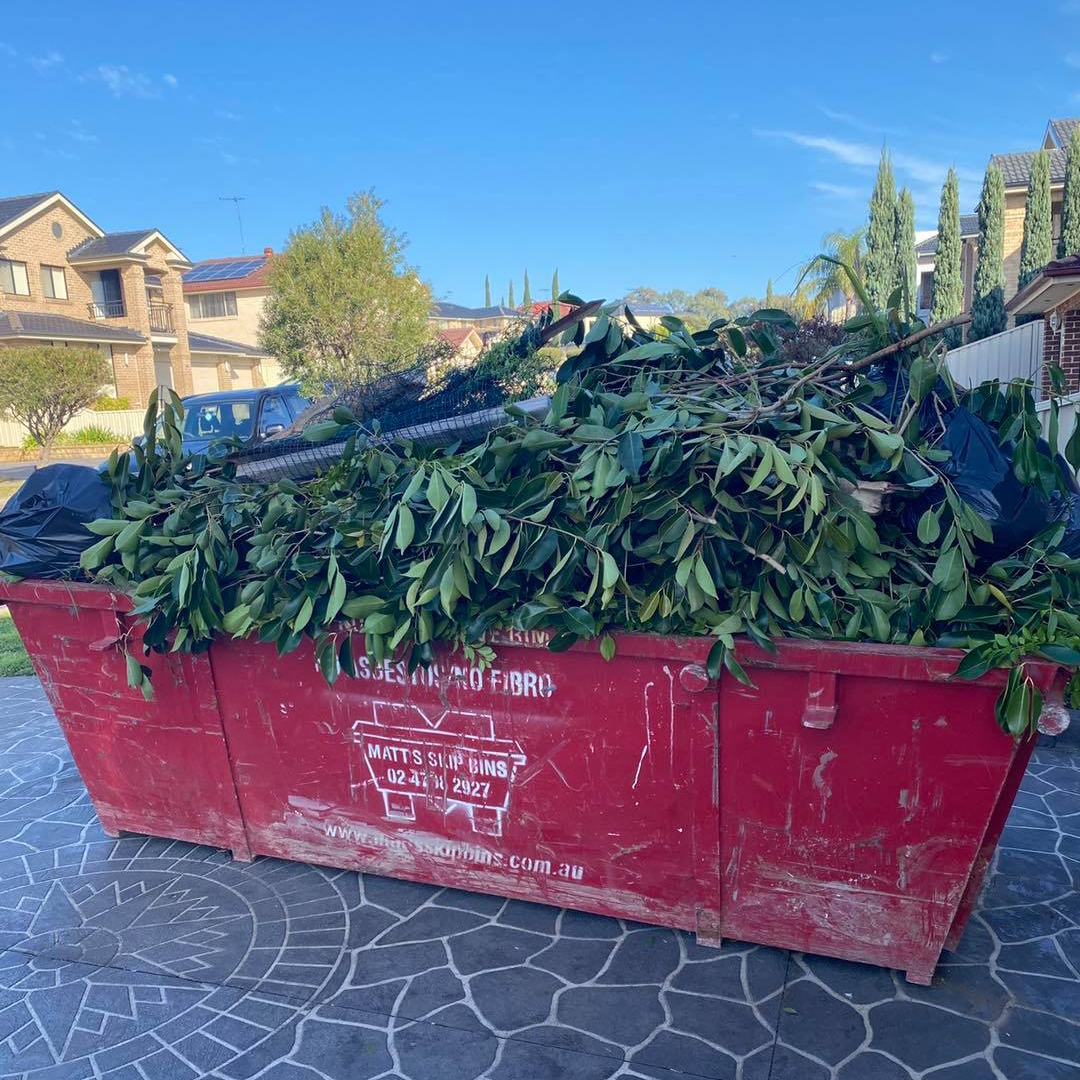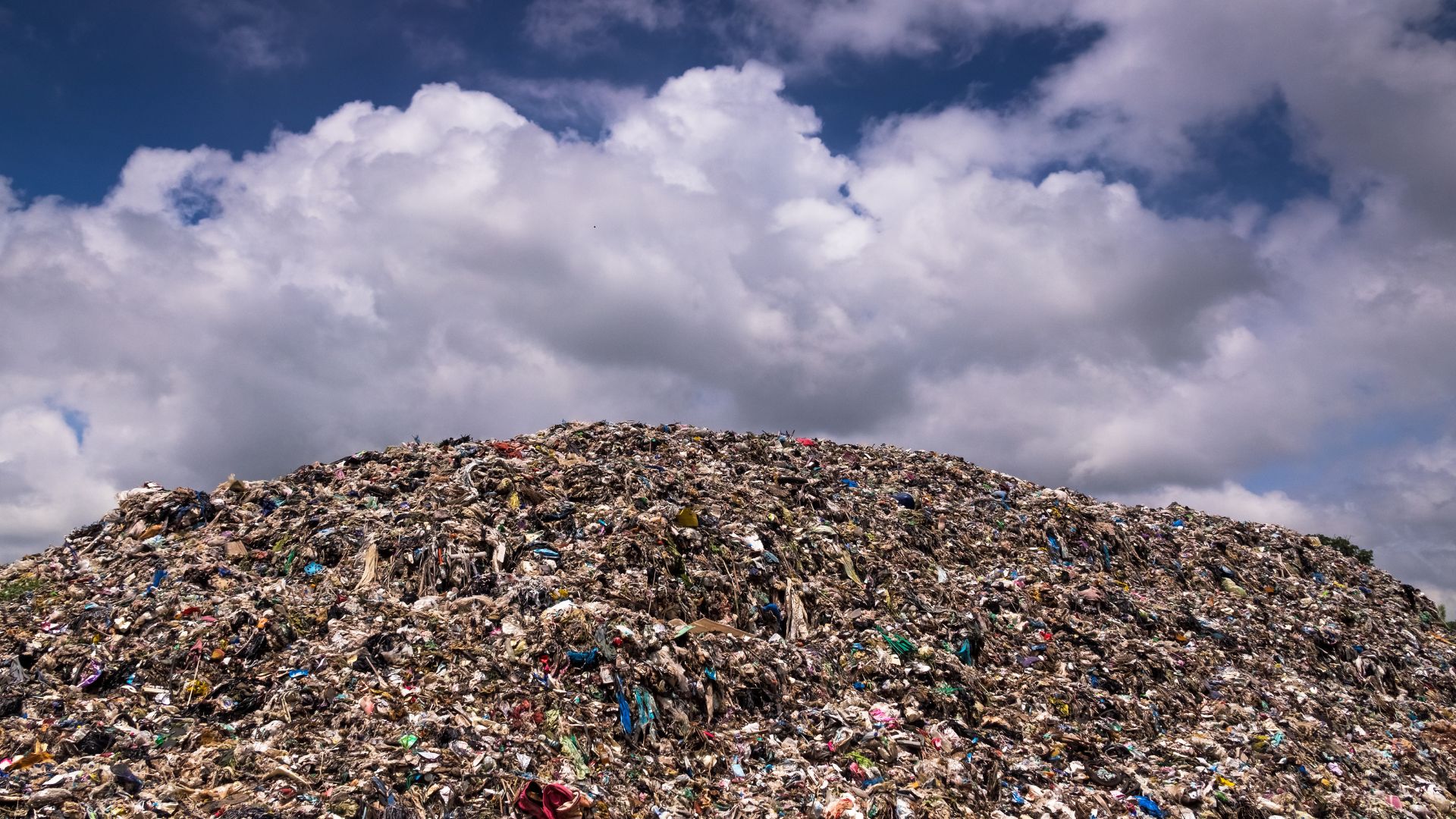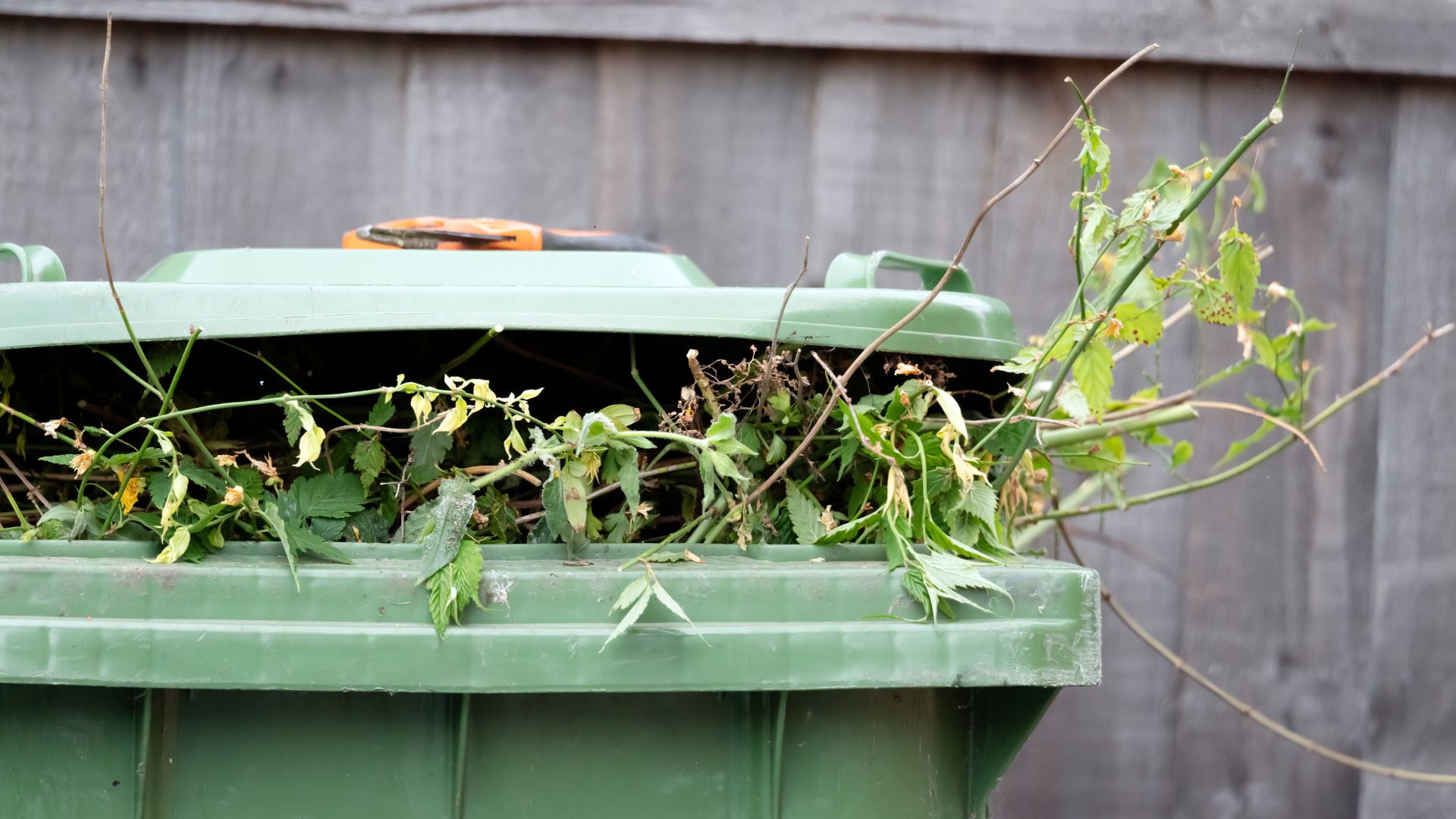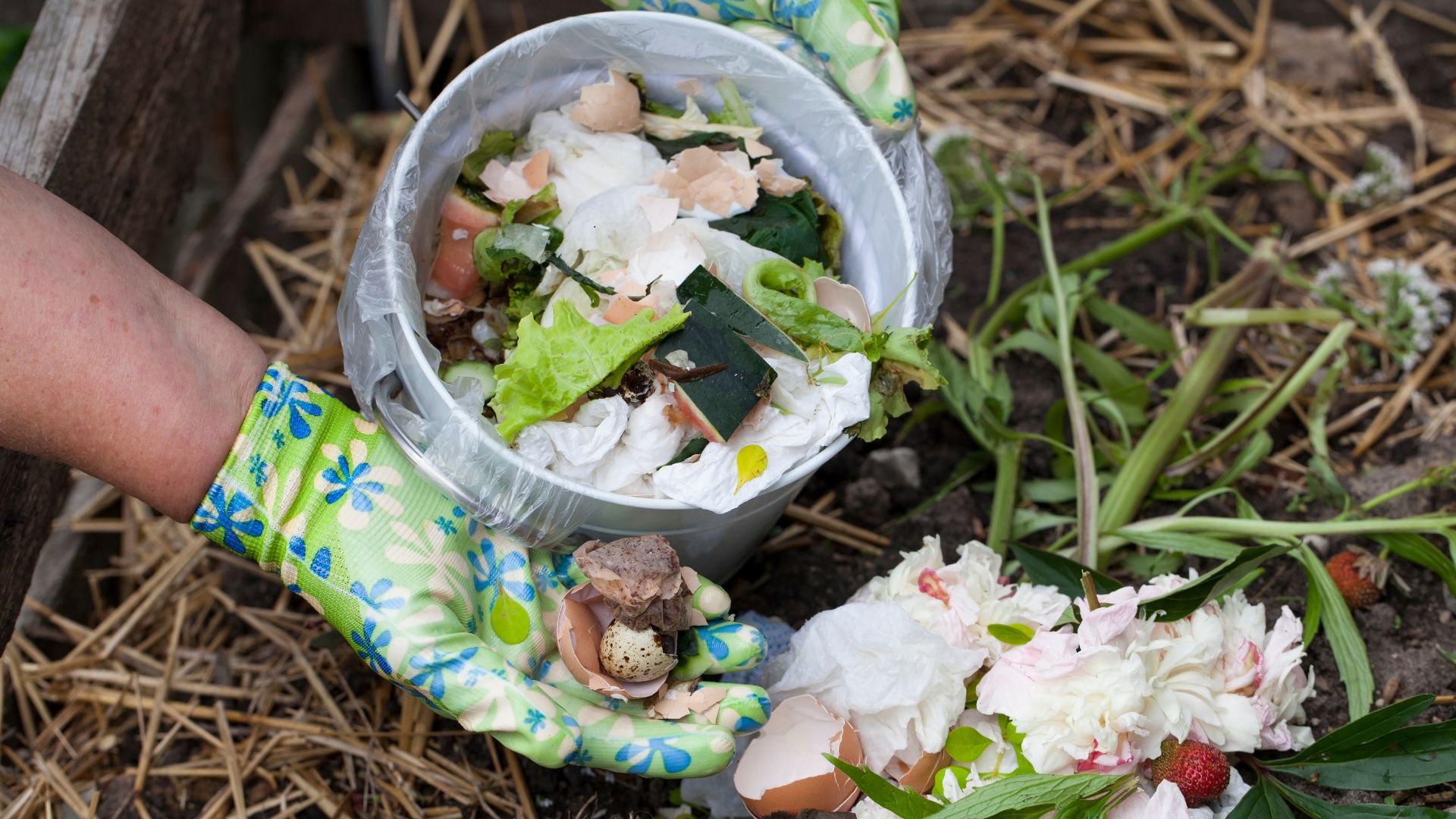
24 Jul • 6 min Read What Happens to Your Waste After It’s Collected?
Have you ever stopped to consider exactly what happens to your waste after it’s collected? One minute it’s there, the next, it’s gone. But, of course, it doesn’t just disappear. Your kerbside bins being emptied is just the first step in a complex, carefully managed journey involving sorting centres, recycling plants, and in some cases, landfill sites.
We’d like to help you understand what happens to your waste after it’s collected so you can make better choices at home, reduce contamination, and support a more sustainable future.
Why It Matters to Know Where Your Waste Goes
So, you might be asking—why should I care where my waste goes? As long as it’s out of sight, it’s out of mind, right? Well, not quite. You see, according to the National Waste Report, Australians generated around 76 million tonnes of waste during the 2022–23 financial year. And while recycling efforts are improving, over 20 million tonnes still end up in landfills.
Landfills take up space, and sure, it might seem like we’ve got plenty of it on this massive island, but they also have a significant environmental impact. Landfill emits harmful greenhouse gases like methane and can leak pollutants into the surrounding soil and water. We are blessed with one of the cleanest countries in the world, and we must keep it that way.
The First Stop – Collection and Transportation
Okay, let’s start from the top, phase one: collection. You roll your bins out to the kerb, and a truck comes by to take them away. But not everything is collected at once, and not all trucks are the same.
In most suburbs, household waste is separated into three (sometimes four) kerbside bins:
- General waste (red lid)
- Recycling (sometimes split into two—yellow lid plastic & glass, blue lid paper & cardboard)
- Green waste or food organics (green lid)
Each bin is collected by a truck designed to deal with that specific type of waste. They can also be fitted with separate compartments depending on the waste type. Bin lid colours may sometimes vary between local councils.
This makes early separation so important to make the system efficient. It sets the stage for everything that happens next in the waste journey.
Where Does Your Waste Go? Sorting & Separation
Next up, your waste gets sent to different facilities depending on what’s in your bin. This is where the real behind-the-scenes waste management magic happens. Recyclables are sorted at the Materials Recovery Facility (MRF) while organics and general waste are processed at separate sites designed to handle different waste types efficiently and safely.
Here’s how each category is processed for responsible waste disposal:
Glass
Glass bottles and jars, for example, are crushed and sorted by colour, usually into clear, green, and amber categories. Once separated, it’s sent to manufacturers to be melted down and remade into new bottles, jars, or even construction materials like road base.
Plastic bottles and jars
Plastic items such as bottles, jars, trays and containers are sorted by resin type using optical scanners, air jets, and density separation. They’re then baled and shipped to reprocessing facilities where they can be turned into new packaging, clothing fibres, pipes, or even outdoor furniture.
Contamination (like food residue or soft plastics) can significantly lower recycling rates. As such, getting into the habit of cleaning your plastic containers before throwing them into the recycling bin can make a huge difference.
Paper and Cardboard
Paper and cardboard are flattened, bundled, and sent to be pulped and reprocessed into new paper products. These can be newspapers, boxes, or toilet paper. Wet or greasy paper, such as used pizza boxes, can’t be recycled but may be accepted in your green bin if your council supports food organics.
Metals (Aluminium and Steel)
Aluminium cans and steel tins are highly recyclable and can be endlessly reused without losing quality. As a result, they are one of the most valuable items in your recycling bin.
Organics
Green waste or food organics from the green-lid bin are sent to composting or anaerobic digestion facilities. Here, they break down into compost or biogas, which can be used to enrich soil or generate renewable energy. Keeping plastics and other contaminants out of the green bin is essential for producing safe, usable compost. Therefore, the more accurately we sort our waste at home, the smoother this whole process runs.
What Happens to Recyclables?
So, where do the recyclables go from here? Once they’ve been sorted, they’re loaded up and sent off to be processed into raw materials.
Turning Recyclables into Raw Materials
Each type of recyclable material goes through a different transformation due to its properties. For example:
- Paper and cardboard are pulped, cleaned, and rolled into new sheets for packaging or printing.
- Plastics are sorted, shredded, washed, melted down, and formed into pellets. Manufacturers use these pellets to make containers, textiles, or building materials.
- Glass is crushed into cullet (small, clean fragments) and then remelted to form new bottles or jars.
- Aluminium and steel are also melted and reformed into cans, car parts, or even construction components.
Now these recycled materials are ready to be turned into something new. Recycling saves significant energy compared to using raw materials. It also helps reduce landfill use, lowers pollution and lessens the demand for resource extraction and manufacturing.
Domestic vs Offshore Recycling
You may be wondering how much of our recycling is sent overseas. While a growing portion of recyclables is being processed right here in Australia (thanks to federal and state investments in recycling infrastructure), some materials are still exported to countries with the capacity to process them, particularly plastics and certain paper grades. Recently, there’s been a strong push to build more onshore recycling capacity.
Whether processed here or abroad, the goal remains the same: to keep valuable materials out of landfill and in circulation as part of a more sustainable, circular economy.
What About Landfill and General Waste?
Unfortunately, not everything can be recycled. Some items can’t be processed by standard recycling systems, such as:
- Soft plastics
- Nappies
- Broken ceramics
- Polystyrene
- Food-contaminated packaging
Some items may look recyclable, like greasy pizza boxes or foil trays with food residue, but can end up in a landfill if they’re not properly cleaned. Cleaning items before recycling them is a simple step that can make a big difference.
While modern landfill sites are engineered to be safer now, they still have a major environmental impact. Besides taking up space, landfill emits methane (a potent greenhouse gas) and can leach pollutants into soil and water if not managed carefully.
Organics and Food Waste
What about all the food waste—surely we can’t recycle that, right? Not in the traditional sense, but organic waste can still be put to good use through:
- Green bin programs
- Composting
- Energy recovery
Most Australian households now have access to a green-lid bin for anything organic (food scraps and garden waste). This organic material is collected separately and sent to composting facilities, where it’s broken down into nutrient-rich compost used in agriculture, landscaping, and gardens. Some families even have their own composting bin, usually in the garden, that they use to make their own compost. This not only diverts waste from landfills but also returns valuable nutrients to the soil.
It’s encouraging to see new innovations making a real impact, like anaerobic digestion, a technology some facilities use to turn food waste into biogas. This renewable energy can help power homes, businesses, and even parts of the waste system itself.
What You Can Do to Help
Now that you understand what happens to your waste after it’s collected, making small changes at home can have a big impact. Start by separating your waste correctly: rinse recyclables, keep soft plastics and food scraps out of the yellow bin, and make the most of green bin programs if they’re available in your area. If you have a garden, consider installing your own compost bin to feed your garden the nutrients it deserves.
If you’re unsure about what goes where, most local councils provide detailed guides and waste-sorting tools on their websites. A simple Google search of your council name plus “waste services” should do the trick.
You can also reduce waste altogether by choosing reusable products and buying items made from recycled materials. Remember, every small action helps build a cleaner, more efficient system.
The Future of Waste in Australia
Looking ahead, Australia is moving towards a more sustainable, circular approach to waste. Some exciting developments are happening in the space, including designing products to last longer, recycling more materials locally, and transforming waste into resources through composting, recycling innovations, or waste-to-energy technologies.
Need to Manage Larger Waste Volumes?
Proper waste separation is still important, even on a larger scale. That’s where a reliable skip bin service can make all the difference. Matt’s Skip Bins offers a range of skip sizes and responsible waste disposal services across Western Sydney. Our team is committed to recycling and sorting as much as possible, helping you reduce your environmental footprint while managing waste efficiently.





